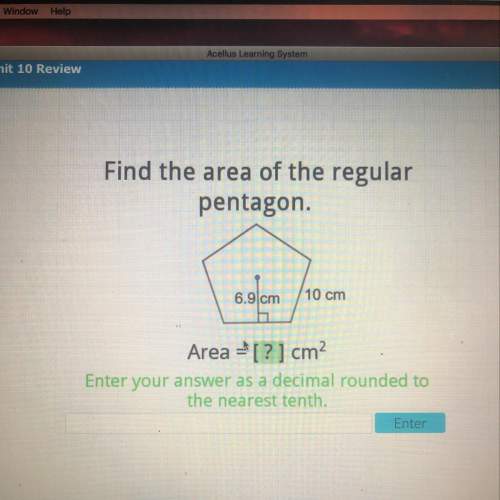
Mathematics, 14.11.2019 01:31 Queey
One of the most common laboratory tests performed on any routine medical examination is a blood count. the two main aspects of a blood count are (1) counting the number of white blood cells (the "white count") and (2) differentiating the white blood cells that do exist into five categories—namely, neutrophils, lymphocytes, monocytes, eosinophils, and basophils (called the "differential"). both the white count and the differential are used extensively in making clinical diagnoses. we concentrate here on the differential, particularly on the distribution of the number of neutrophils k out of 100 white blood cells (which is the typical number counted).
a. what distribution the number of neutrophils follows.
b. with 6 cells rather than 100, what is the probability that the third and fifth cells considered will be neutrophils and the remaining cells non-neutrophils, given a probability of 0.6 that any one cell is a neutrophil?
c. what is the probability that any 3 cells out of 6 will be neutrophils?

Answers: 3


Other questions on the subject: Mathematics

Mathematics, 21.06.2019 13:30, adreyan3479
Combined megan and kelly worked 60 hours. kelly worked twice as many hours as megan. how many hours did they each worked?
Answers: 3

Mathematics, 21.06.2019 18:30, veheca
According to the 2008 u. s. census, california had a population of approximately 4 × 10^7 people and florida had a population of approximately 2 × 10^7 people. which of the following is true? a. the population of florida was approximately two times the population of california. b. the population of florida was approximately twenty times the population of california. c. the population of california was approximately twenty times the population of florida. d. the population of california was approximately two times the population of florida.
Answers: 1


Mathematics, 21.06.2019 19:30, cody6187
Agroup of randomly selected apple valley high school students were asked to pick their favorite gym class. the table below shows the results of the survey. there are 528 students at apple valley high school. gym class number of students racquet sports 1 team sports 9 track and field 17 bowling 13 based on the data, what is the most reasonable estimate for the number of students at apple valley high school whose favorite gym class is bowling? choose 1 answer a. 9 b. 13 c. 119 d. 172
Answers: 1
You know the right answer?
One of the most common laboratory tests performed on any routine medical examination is a blood coun...
Questions in other subjects:

Mathematics, 19.04.2021 23:30




Mathematics, 19.04.2021 23:30





History, 19.04.2021 23:30




